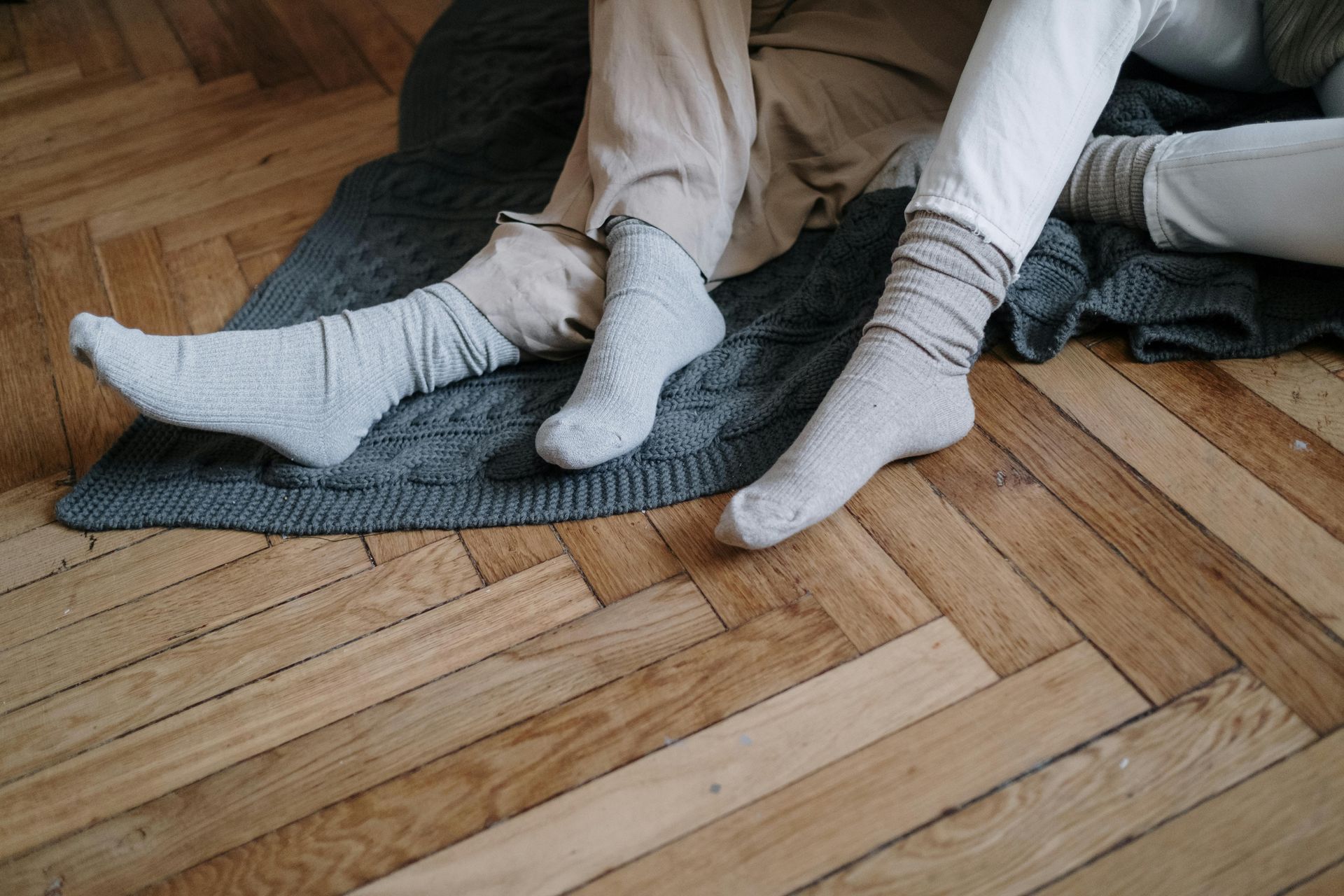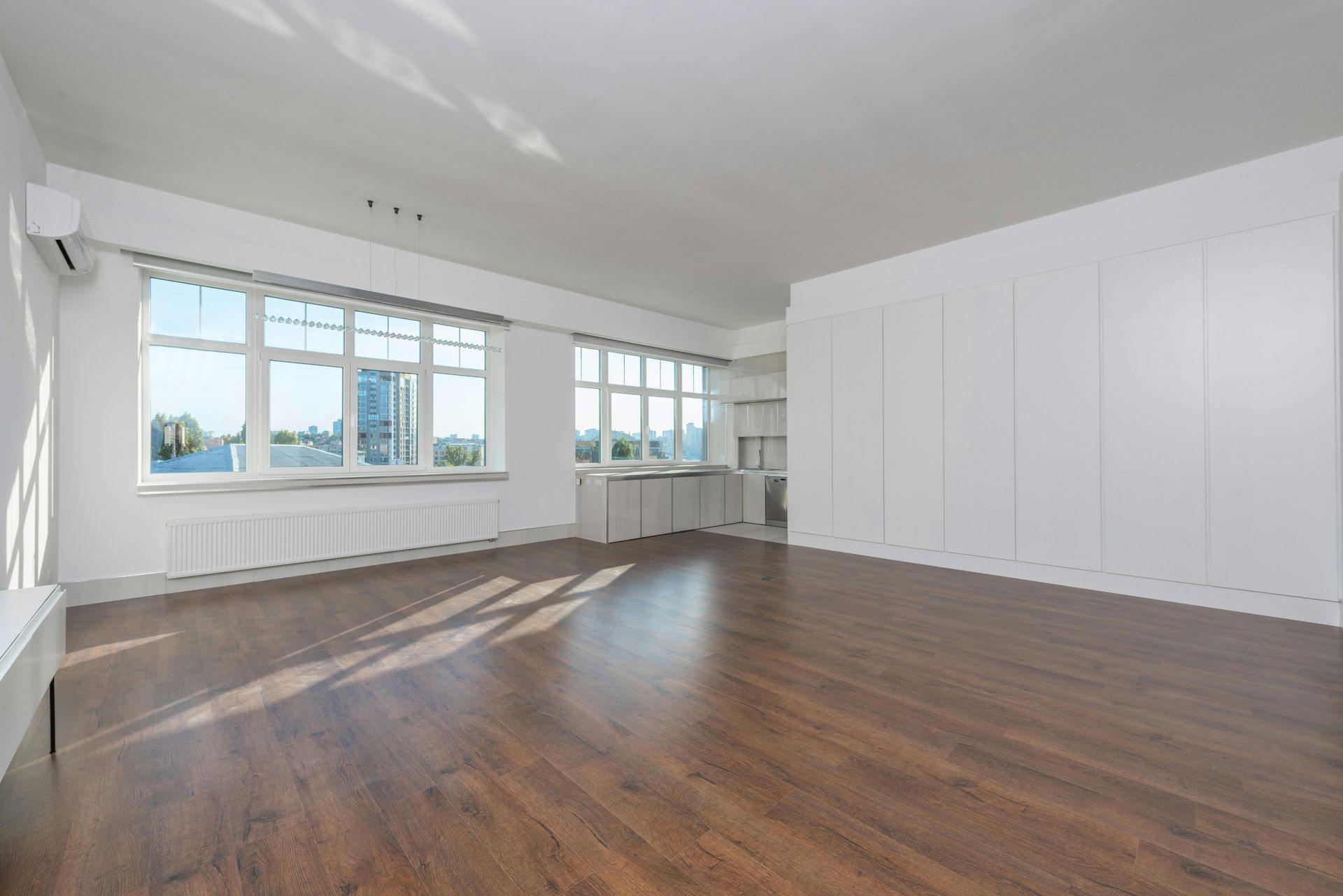How to Choose the Best Luxury Vinyl Tile Floor
As soon as you start looking into whether luxury vinyl tile is right for your home, you'll see that you have a lot of choices. But where do you start? These questions and answers will help you understand what to expect in order to find the best luxury vinyl tile flooring for your needs.
What is LVT flooring or luxury vinyl tile flooring?
Luxury vinyl tile flooring, which is also called "LVT" flooring, is great if you have kids, pets, or high-traffic areas in your home that you want to look nice.
You've probably heard of peel-and-stick carpeting made of vinyl tiles. Luxury vinyl tile is made the same way as vinyl
tile, with a wear layer, an image layer, a resilient core, and a backing. However, it is usually thicker and has more realistic designs meaning better longevity than vinyl tile. Many styles, like those at Armstrong Flooring, are also 100% waterproof, so they won't swell, break, or lose their shape when they get wet.
Does Luxury Vinyl Tile last?
Yes. Luxury vinyl tile is made to last in homes that get a lot of use. At Armstrong Flooring, all of our LVT flooring is waterproof and resistant to scratches, stains, and wear.
Many of our LVT flooring options come with a warranty that lasts for life. We also have options with 30-year and 15-year warranties.
What is the Best Luxury vinyl tile for durability?
Shaw Primavera Luxury Vinyl Plank Flooring is the best vinyl plank flooring for most people. It doesn't get scratched, skid, or get marks, so it's great for long-term use in high-traffic places. Plus, it has a nice middle-of-the-road price and is easy to install yourself with a click lock.
Where in my Home can I install luxury vinyl tile?
Luxury vinyl tile is a popular choice for flooring in living rooms, kitchens, mudrooms, baths, and playrooms. It looks great, is easy to install, and provides value. But because the finish looks so real and stylish, this type of flooring is becoming more and more common in every room of the house. There are living rooms and bedrooms, too! Luxury vinyl isn't meant to be used on stairs. Instead, it should be used on any flat, level surface.
Can expensive vinyl tile replace hardwood?
Yes! Homeowners love that you can get
wood styles that look very real and are strong enough to use in places where moisture can be a problem. LVT flooring is waterproof, so it's a great choice for bathrooms and laundry rooms, where hardwood isn't suggested.
Is luxury vinyl tile a good replacement for ceramic?
Yes!
Luxury vinyl flooring is warmer and softer on the feet than hard surfaces like ceramic tile. It can handle a lot of foot traffic, crawling kids and pets, dropped food, and spills, just to name a few. Also, stone tile types like marble, slate, and travertine look and feel very real, but they don't have the same problems as natural stone, like cracking over uneven subfloors and needing grout lines to be cleaned.
What styles does LVT come in?
Luxury vinyl tile is great because it can be used in many different ways. It is possible to make a vinyl floor look like wood or stone, but still have the performance you want from a vinyl floor. During the planning process, a lot of care is taken to make images and textures look and feel like the real thing.
Here are some of the many styles you can choose from.
Real wood species – Standard wood-looks like Oak, Walnut, and Birch, as well as real exotic woods with interesting grain patterns.
Effects on texture and finish – Whitewashing, liming, and rough-hewn recovered look old and worn.
Classic stone - Tiles made to look like marble, slate, and travertine, and planks that look like concrete.
Ask about our tips and step-by-step steps that will help you with installation, whether you want to hire a professional or do it yourself.







